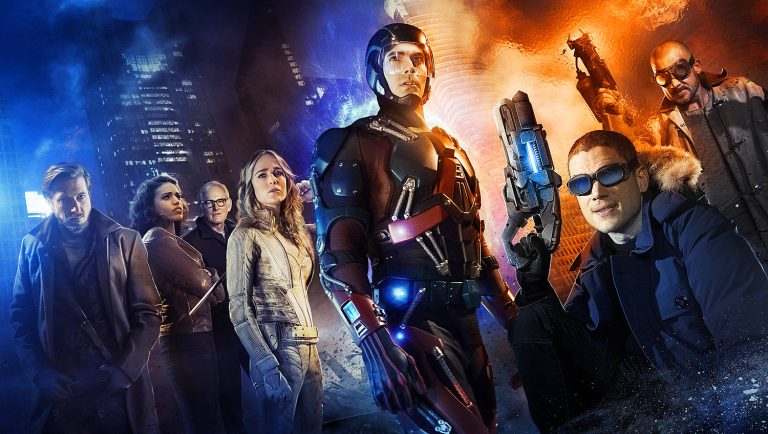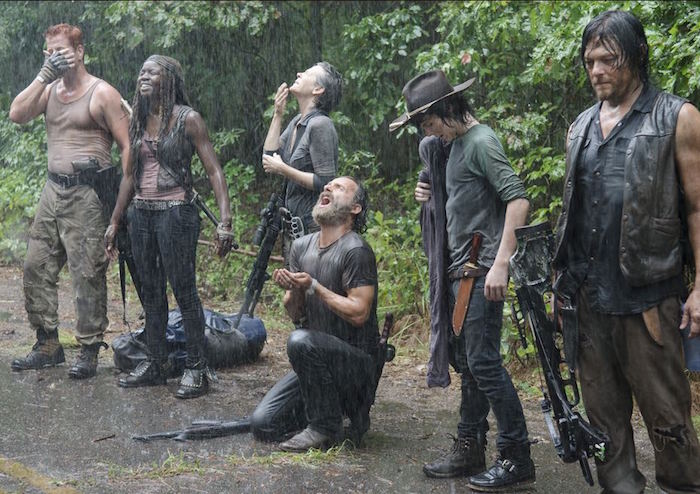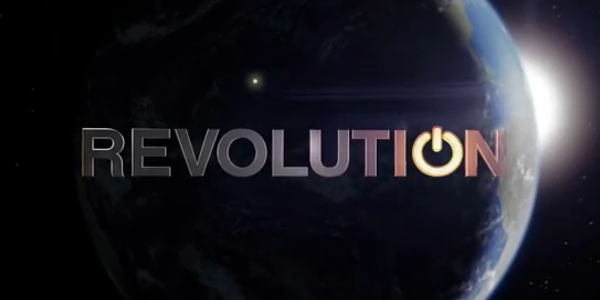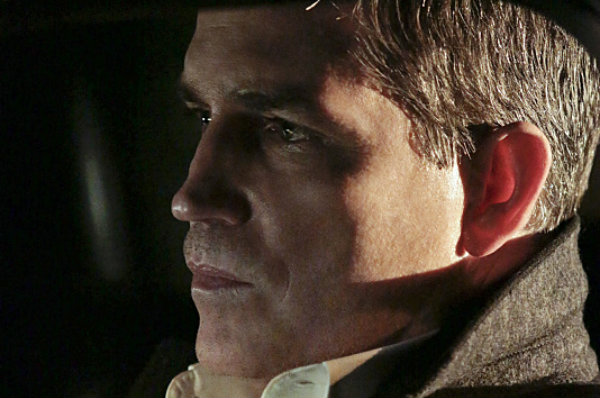
History and pain make beautiful monsters. After watching the last several episodes of The Vampire Diaries, I’d like to take a moment to finish my three part essay arc about the television series with the complex hero/villain: Damon Salvatore. Of all the characters on the TVD landscape, Damon is probably the most fascinating and the most complicated. His demonic tendencies, full of bloodlust and just plain lust, juxtaposes with a bone-deep sorrow that is saturated in his own history as son, brother, and vampire.
Thy Beauty Fails Thee: Damon Salvatore and the Monster Within
Dead is the source of all my amorous strain,
Dry is the channel of my thoughts outworn,
And my sad harp can sound but notes of pain.
-Petrarch, “Gli occhi di ch’ io parlai” (from the Atlantic Monthly, 1867)

History and pain make beautiful monsters. After watching the last several episodes of The Vampire Diaries, I’d like to take a moment to finish my three part essay arc about the television series with the complex hero/villain: Damon Salvatore. Of all the characters on the TVD landscape, Damon is probably the most fascinating and the most complicated. His demonic tendencies, full of bloodlust and just plain lust, juxtaposes with a bone-deep sorrow that is saturated in his own history as son, brother, and vampire.
Damon Salvatore is the walking wounded; every sin and pleasure of vampirism is etched on his skin, all of the unrequited desires of immortality rest within his character and he acts them out again and again, from his love for Katherine and Elena to his covert sympathies for Jeremy, Alaric, and Rose. The contradictory nature of Damon charges us to look at him as a way to uncover the definition of what it means to be monstrous, and how that definition is often unstable and not entirely inhuman.
From the first episode of the series onward, we are instructed to both like and dislike Damon. We are fairly certain that he is the one who initially kills the first couple on the road, the death scene that introduces us to the storyline. Early on in the plot of the series, Damon appears as a sarcastic, shameless, and vindictive brother whose aim is to destroy whatever shred of normality or decency his younger brother, Stefan, might achieve. He mocks Stefan and goes on a killing rampage through Mystic Falls, eventually turning Vicki Donovan, the local bad girl, into a vampire. What Damon brings to the canvas is the unchecked and damaging appetite of the vampire, which is set against his brother’s more measured and restrained abstention from such desires.
The story progresses and we see Damon’s obsession with Katherine parallel his growing affection for Elena, her mortal doppelganger. This parallel ends, though, with the revelation that Katherine escaped the church from which Damon was trying to free her. Damon’s weakness is revealed by Katherine’s betrayal. His fears of abandonment and his need to love and be loved fully demonstrate, that at the heart of his monstrosity, is humanity, discarded and disowned humanity. This is an important aspect of the vampire story in TVD. Remember, vampires can willfully turn off their emotions. Vampires can choose to be inhuman, which is a slightly different twist to the vampire tale.
For Damon Salvatore, the presence of his brother and Elena alongside the disappearance of Katherine from his affection, changes the once languid soul and he chooses to feel again. His choice sends the narrative into a direction that will find the audience and the characters wondering to what extent we can trust Damon, but at the same time, wanting to trust him, wanting to love him.
Damon’s vacillation between hero and villain accentuates his status as the monster at the heart of the story, and further underscores how we, the audience, must deal with our own extremes of reaction when it comes to the story. Rather than rely on the physical nature of the monster, the bloodlust of vampires and werewolves, The Vampire Diaries instead focuses on the humanity at the heart of the characters. Damon’s struggle gets reflected in all of the characters, and not just the monsters. From Isabel’s desire to be vampire to Sheriff Forbes’s struggle with Caroline, from Tyler’s resistance and fear of his werewolf nature to Alaric’s vulnerability and Klaus’s possession, each character experiences the line between humanity and monstrosity. Damon crosses that line, chooses to go back to humanity, even when he is aware of the pain that comes with such a choice. We know that Stefan does as well, but his choice is a history; we witness the present of Damon’s choice.
It is ironic that at the heart of Damon’s character the monster that appears most startlingly is a very human impulse – the need to dictate, to control. He often barks orders like a general and tends to take over the show, per se. This tendency can be seen as directly correlating to his fears of abandonment and his over-the-top bloodlust. He seems out of control, but it’s quite the contrary. Damon is a dictator, a strategist. His calculating nature stands in opposition to a more grotesque fear of abandonment by others; Damon’s darkest fear is self-abandonment.
The monster in the mirror, for Damon, is uncontrolled hunger, unchecked need, and uncontrolled thought. So the werewolf bite, and the implications of the dying, should reveal a Damon who is even more monstrous than before. The disease is the worst thing that could happen to this vampire, for it unleashes and unhinges the body, making it susceptible to all of its desires without the mind to drive them. It’s as close to rabid as the vampire will experience.
Damon’s monstrosity is very human, as Elena and Stefan’s humanity can often near the point of monstrous. While TVD can be viewed as a guilty pleasure show, with its fast pace and beautiful faces, its underlying themes are rich for analysis. The characters, the storylines, and even the history, beg to be looked at as not only entertainment but also as indicative of the time and place within which the story is being told. As the season draws to a close, it is interesting to see how the major characters are situating themselves against each other and against the backdrop of the Klaus storyline. While the triangle of Damon/Elena/Stefan still drives the main storyline, the secondary and supporting characters have emerged as integral to the landscape. But at the end of the day, the show is about a girl who fell in love with a boy who just happened to be a vampire. The consequences of that love are what we pursue as viewers.
But, for a second, let’s just look once more at Damon. In a world where humanity can be cruel, Damon Salvatore represents a glimpse at how we conceive, in some small part, what that monster looks like. He is beautiful; he is flawed; and more times than not, he is more human than monster. He is beauty and he is beast.
And yet I live! Myself I grieve and scorn,
Left dark without the light I loved in vain,
Adrift in tempest on a bark forlorn
-Petrarch, “Gli occhi di ch’ io parlai” (from the Atlantic Monthly, 1867)
{jcomments on}




